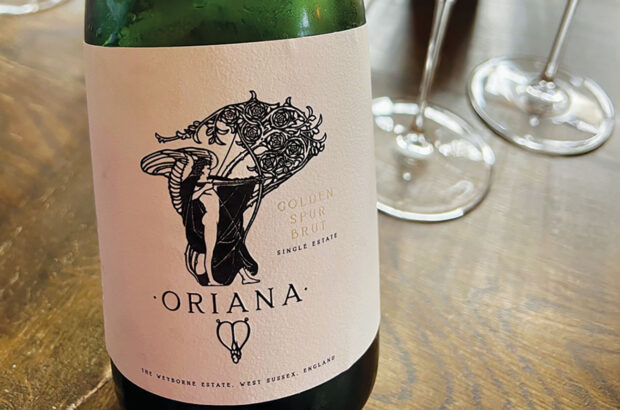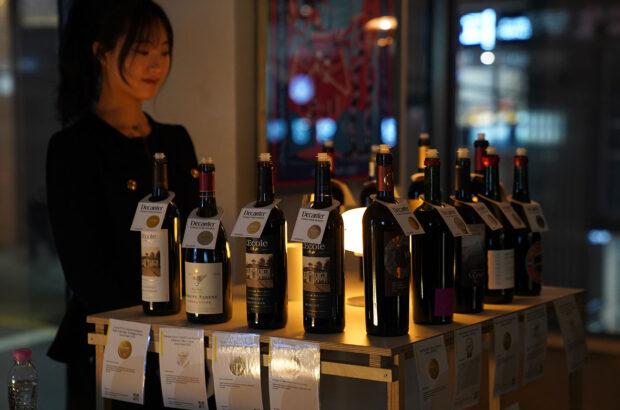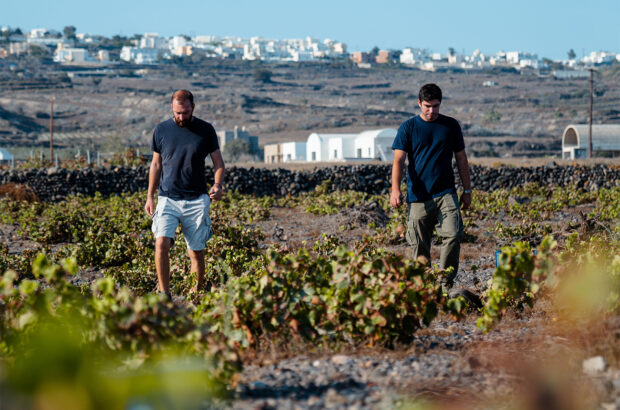Historic South African wine estate Klein Constantia is marking its 340th anniversary with a limited, long-aged bottling of its emblematic Vin de Constance sweet wine from the 2010 vintage.
Sourced from a harvest not previously earmarked for release, the 2010 edition was matured in cask for nearly 15 years. Some 4,500 bottles will be released globally, with a UK RRP of £140 per 50cl bottle.
Scroll down for tasting notes and scores for three vintages of Klein Constantia’s Vin de Constance
It’s the latest chapter in the story of one of the world’s most historic wine estates, founded in 1685 by the first Governor of the Cape, Simon van der Stel. He sent soil samples from the area to Europe for analysis before fixing on the Constantia Valley, south of Table Mountain, as the ideal spot to plant vines.
Since then, Constantia’s history has been chequered: lauded by Jane Austen, Charles Baudelaire and Charles Dickens, loved by Louis XVI, Marie Antoinette and Napoleon Bonaparte, but declining into bankruptcy in the 1870s, before resurrection with the release of the first Vin de Constance in over a century in 1990.
Klein Constantia was acquired by Czech-American investor Zdenĕk Bakala and UK businessman Charles Harman in 2011, with the relatively inexperienced Matt Day installed as head winemaker. Day was given the 2012 vintage to prove his mettle or ‘find the door’, and has been responsible for the estate’s wines ever since.
‘The goal of Vin de Constance is to create a sweet wine that’s not sweet,’ said Day. ‘Sugar forms the flavour, but not sucrosity, so it goes with any part of the meal. It shouldn’t be enjoyed on “occasions”, but a lot more often than that. And it should not be put in a cellar and forgotten about.’
Muscat de Frontignan is crucial to Vin de Constance, because of its resistance to botrytis – this is not a noble rot-focused sweet wine, but one where the fermentation stops naturally, ideally at about 165g/litre residual sugar and 14-14.5% abv, with a pH of 3.65-3.7.
Vin de Constance 2010 was passed over in 2013/14 because it ‘just didn’t tick all the boxes’, said Day – coming from a year when production was cut by about 90% as the vines went into ‘chaos mode’ following a sudden switch to sustainable production. The wine was rediscovered in the Klein Constantia cellars last year and bottled in November.
‘We were forced into a way of making Vin de Constance that wasn’t normal,’ Day said. ‘We fermented on skins [for two weeks] for the first time and did lots of punchdowns, extracting lots of flavour and tannin. It’s very bold, very big… a completely different but exquisite vintage.’







